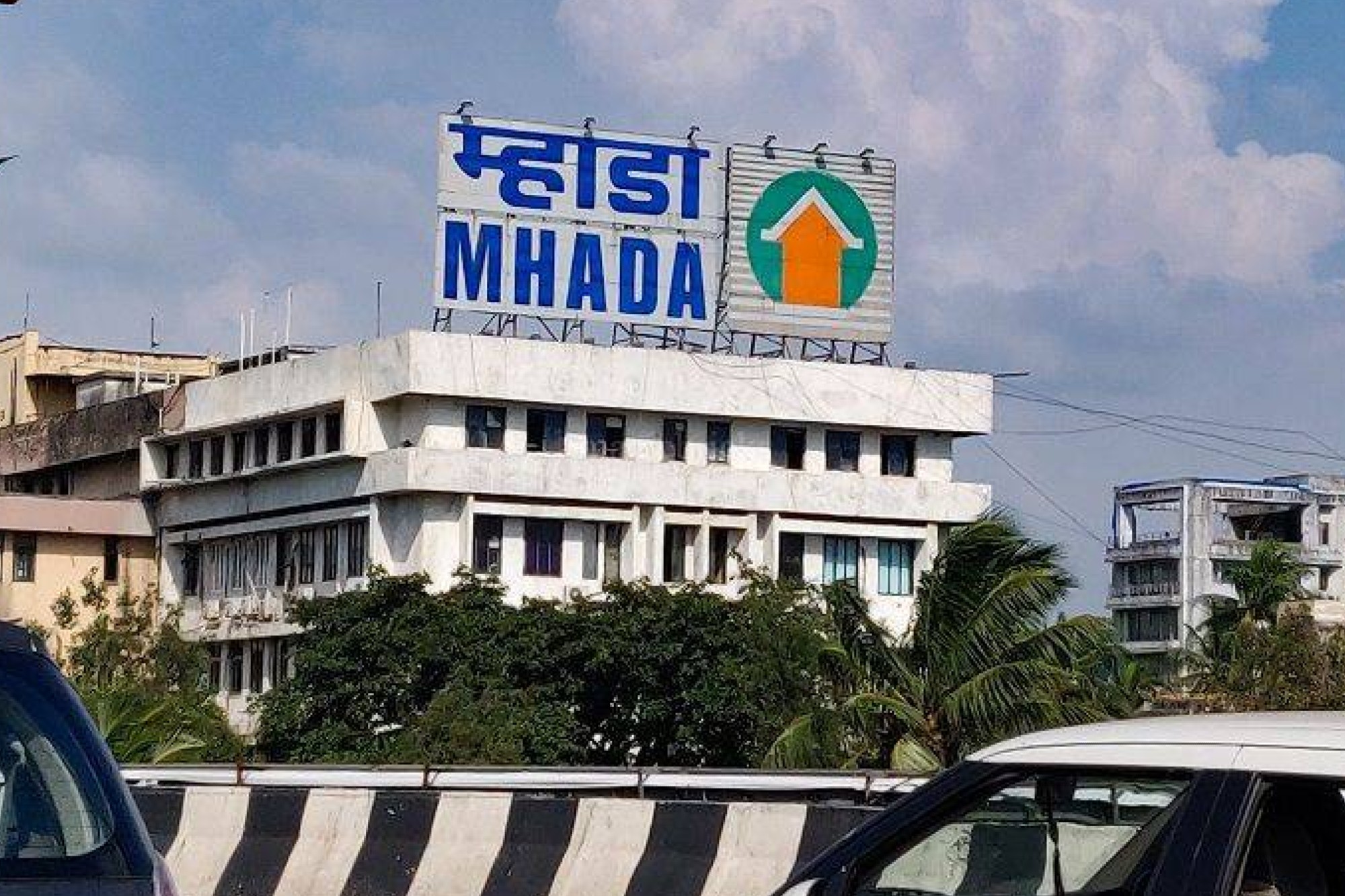
Kamathipura Awaits Its Second Life: MHADA’s Historic Redevelopment Bid Moves a Step Closer to Reality
Kamathipura Awaits Its Second Life
When cities reinvent themselves, they do more than build towers—they reclaim dignity. Kamathipura, once a throbbing artery of Mumbai’s colonial past and later a symbol of urban neglect, now stands at the threshold of a historic rebirth. After years of deliberation, Maharashtra Housing and Area Development Authority (MHADA) has chosen AATK Constructions to lead the much-awaited redevelopment of the 34-acre stretch that defines the heart of South Central Mumbai.
The proposal, now forwarded to the state’s High-Power Committee (HPC) for approval, will mark the first tangible step in reshaping one of the city’s oldest and most fragile ecosystems.
From Files to Foundations
For over a decade, Kamathipura’s future existed in bureaucratic files and political speeches. The Mumbai Building Repairs and Reconstruction Board (MBRRB) under MHADA had earlier invited bids from two contenders — AATK Constructions and J Kumar Infraprojects. After a detailed technical and financial evaluation, MHADA declared AATK the successful bidder, setting the stage for one of Mumbai’s largest public redevelopment drives.
If approved, the project will shift from the realm of proposals to the reality of cranes, steel, and concrete—a transformation Mumbai has long awaited.
A Renewal Rooted in Dignity
“This urban renewal project will be a historic one,” remarked MLA Amin Patel, whose persistence helped align landlords, tenants, and the government around a single blueprint. His statement isn’t mere optimism—it echoes the collective exhaustion of thousands who have lived for decades in unsafe, century-old cessed buildings.
The plan covers 8,001 tenements, including 6,625 residential and 1,376 commercial units, spread across nearly 943 structures and involving 800 landowners. Most plots, barely 50 sq metres each, make independent redevelopment impossible, making MHADA’s coordinated approach not just strategic—but essential.
Under the scheme, residential occupants will receive 500 sq ft carpet area homes in towers rising up to 57 storeys, while commercial occupants will be allotted 225 sq ft spaces. The skyline will also see sale buildings touching 78 storeys, blending community living with commercial vibrancy.
The City Within the City
If implemented as envisioned, Kamathipura’s skyline will no longer tell a story of decay but of renewal. The redevelopment blueprint promises modern infrastructure, improved amenities, and public open spaces, replacing the maze of crumbling tenements with planned vertical housing.
It’s not just about height—it’s about hope. For landowners, the project offers additional entitlements based on plot size, ensuring equitable returns and participation.
Chief Minister Devendra Fadnavis, speaking in the Assembly earlier, underlined the state’s commitment, recalling his own efforts “for the people of Kamathipura.” The government’s decision to entrust MHADA’s MBRRB under the Construction and Development (C&D) model came after private developers withdrew due to fragmented ownership and low profitability.
Between Memory and Modernity
Kamathipura has always existed in Mumbai’s collective imagination as both a cautionary tale and a cultural relic. This redevelopment is an attempt to rewrite that narrative—to trade stigma for stability, congestion for community, and dilapidation for dignity.
Once the HPC and state cabinet give their nod, the bulldozers will not merely level old walls—they’ll lay the foundation of a new social fabric. For thousands of families, it won’t just mean better housing; it will mean finally being seen as part of Mumbai’s future, not its forgotten past.
As one urban planner aptly put it, “Kamathipura’s revival will test not just the power of policy, but the promise of compassion in Indian urban governance.”
